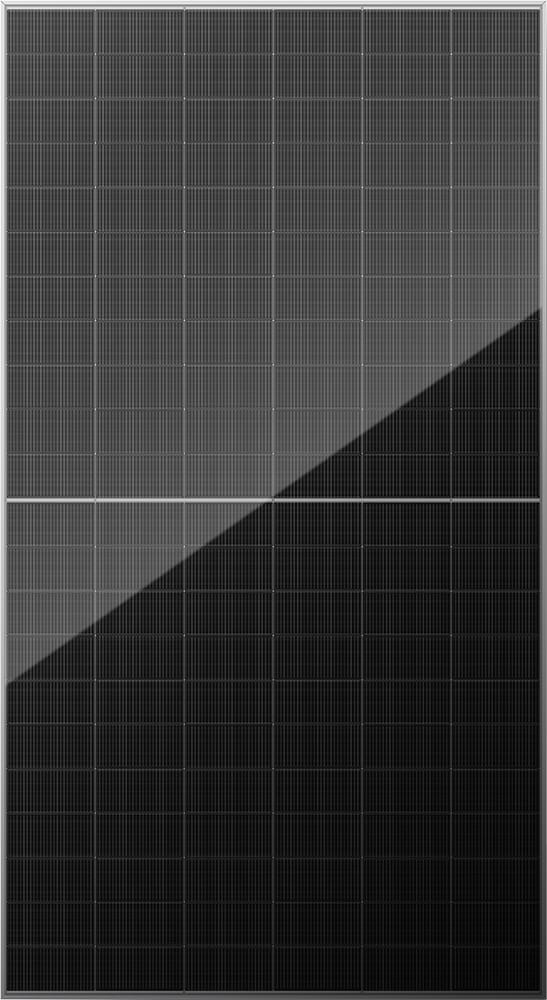Solar Simplified: The Benefits of HJT Solar Panels
While heterojunction technology (HJT) for PV solar modules has been around for decades, it’s only in recent years that its popularity has risen thanks to R&D efforts and more efficient manufacturing. Today, with its advanced performance and durability, HJT is believed by many to be the best solar panel technology available on the market. With some manufacturers, including Risen Energy, now mass producing these panels, they are also becoming an increasingly cost effective option for rooftop and large-scale installations.
So, what exactly are the benefits of this new technology?
HJT technology offers several significant benefits in solar energy production:

High Efficiency: HJT solar panels boast impressive efficiency rates, with Risen’s models reaching up to 23.9% efficiency. This efficiency earned us a world record in 2023, and is a marked improvement over traditional monocrystalline cells, making HJT panels the clear winner when it comes to converting sunlight to usable power.
Cost Savings: HJT panels use amorphous silicon, which is a thinner silicon used in sheets, rather than in individual cells like the more conventional monocrystalline. The use of amorphous silicon makes the manufacturing process for HJT simpler and quicker compared to other technologies, potentially lowering the price tag for solar installations.
Due to the reduced materials and ease of installation, you can also expect amorphous solar panels to cost less than traditional solar panels.
Resilience and Adaptability: HJT technology is designed for optimum performance under various weather conditions, including extreme temperatures. Its lower temperature coefficient ensures higher performance in hotter climates compared to conventional solar panels.
Longevity: HJT solar cells are known for their durability, with an average lifespan of 30 years or more. This longevity extends the return on investment for solar installations, making them a great choice for long-term energy needs. The flexibility of the amorphous silicon also makes them less susceptible to cracks, one of the most common solar panel defects.
Versatility in Applications: HJT is suitable for a wide range of applications, from residential buildings to utility-scale projects. Its versatility allows it to function effectively in limited spaces, such as on rooftops or in urban environments, and in utility-scale solar farms where high efficiency is crucial.
Future Potential: Despite current challenges in manufacturing processes and material costs, HJT technology holds great promise for the future. With ongoing technological advancements and research, it is expected to become even more efficient and cost-effective, potentially capturing a larger share of the solar market.
Sustainability: Because they’re so thin, thanks to the amorphous silicon, HJT panels require less silicon in their production, making them less resource-intensive.
In summary, HJT technology stands out for its high efficiency, cost-effectiveness, resilience, and adaptability, making it a compelling option for solar energy production across various applications.
Risen Energy’s Hyper-ion HJT modules in 595W+ and 715W+ versions for various applications will be available in Australia from next month. Ask your local Risen Energy retailer for more information.


